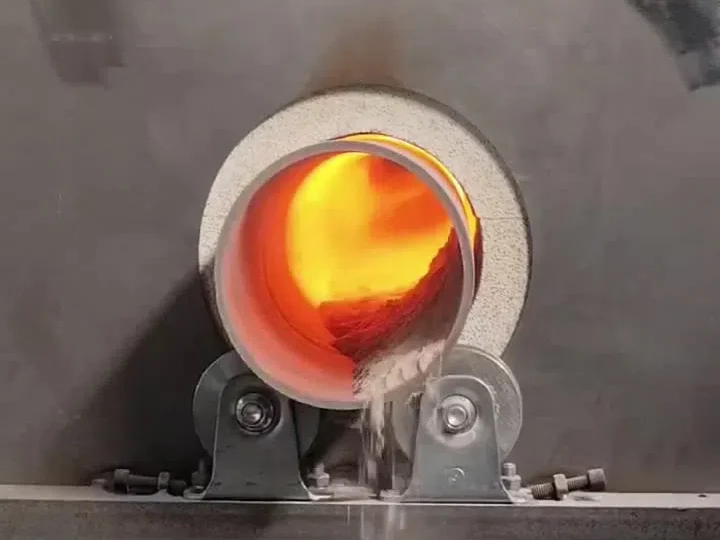
Introduction
Gold has long been a highly sought - after precious metal, not only for its aesthetic value in jewelry but also for its significance in various industries such as electronics and finance. However, extracting gold from refractory gold ores poses a significant challenge. Refractory gold ores are those that are difficult to process using conventional methods due to the complex mineralogical and chemical characteristics of the ore matrix. One of the most effective techniques for treating such ores is the roasting - cyanidation method.
Understanding Refractory Gold Ores
l ores typically contain gold in association with sulfide minerals, such as pyrite and arsenopyrite. The gold is often finely disseminated within these minerals, making it inaccessible to direct cyanidation. Additionally, the presence of certain elements, like arsenic and sulfur, can act as inhibitors during the cyanidation process. These elements can form compounds that react with the cyanide solution, consuming the cyanide and preventing the efficient dissolution of gold.
The Roasting - Cyanidation Process
Roasting Stage
Roasting is the first step in the roasting - cyanidation method. The main purpose of roasting is to transform the refractory gold - bearing minerals into a more amenable form for subsequent cyanidation. During roasting, the sulfide minerals are oxidized. For example, pyrite (FeS₂) is oxidized to ferric oxide (Fe₂O₃) and sulfur dioxide (SO₂) according to the following reaction:
4FeS₂ + 11O₂ → 2Fe₂O₃ + 8SO₂
Arsenopyrite (FeAsS) is also oxidized, with arsenic being released as arsenic oxide (As₂O₃) which can be captured and processed separately to avoid environmental pollution. The oxidation of these sulfide minerals breaks down the mineral structure, liberating the previously entrapped gold particles and making them more accessible for cyanidation.
There are different types of roasting processes, including oxidative roasting, which is the most common for refractory gold ores. In oxidative roasting, an excess of oxygen is supplied to ensure complete oxidation of the sulfide and arsenide minerals. Another type is sulfating roasting, where the goal is to convert metal sulfides into metal sulfates. However, sulfating roasting is less commonly used for gold extraction as it can lead to the formation of compounds that may hinder the subsequent cyanidation process.
Cyanidation Stage
After roasting, the ore is subjected to cyanidation. Cyanidation is a well - established process for extracting gold from ores. In this process, the roasted ore is mixed with a dilute solution of sodium cyanide (NaCN) or potassium cyanide (KCN) in the presence of oxygen. The gold reacts with the cyanide ions and oxygen to form a soluble gold - cyanide complex. The chemical reaction can be represented as:
4Au + 8CN⁻+ O₂ + 2H₂O → 4[Au(CN)₂]⁻+ 4OH⁻
The soluble gold - cyanide complex can then be separated from the remaining ore residue. This is usually done through methods such as adsorption onto activated carbon (carbon - in - pulp or carbon - in - leach processes), where the gold - cyanide complex adheres to the surface of the activated carbon. The gold - loaded carbon is then further processed to recover the gold, typically through a process called elution, where the gold is stripped from the carbon using a strong cyanide solution and then recovered by electrowinning or other precipitation methods.
Advantages of the Roasting - Cyanidation Method
High Gold Recovery: The roasting - cyanidation method has been proven to achieve high gold recovery rates, often significantly higher than other methods when dealing with refractory gold ores. By liberating the gold from its host minerals during roasting, more gold can be made available for cyanidation, leading to higher overall recovery.
Flexibility: It can be applied to a wide range of refractory gold ores, regardless of the specific mineralogical composition. Whether the ore contains high levels of arsenic, sulfur, or other inhibiting elements, the roasting process can be adjusted to address these challenges.
Well - Developed Technology: The roasting - cyanidation process is a well - established technology with a long history of successful application in the mining industry. This means that there is a wealth of knowledge, experience, and equipment available for its implementation.
Challenges and Considerations
Environmental Impact: Roasting produces sulfur dioxide and, in the case of arsenopyrite - bearing ores, arsenic oxide. These emissions can be harmful to the environment if not properly controlled. Sulfur dioxide can contribute to acid rain, and arsenic oxide is highly toxic. Therefore, modern roasting plants are equipped with advanced gas - cleaning systems to capture and treat these emissions.
Energy Consumption: Roasting is an energy - intensive process. High temperatures are required to achieve the necessary oxidation reactions. This not only increases the operating costs of the mining operation but also has implications for the overall carbon footprint of the process. Mining companies are constantly looking for ways to optimize the roasting process to reduce energy consumption, such as through the use of more efficient furnaces and heat - recovery systems.
Complexity of Operation: The roasting - cyanidation process involves multiple steps and requires careful control of various parameters, such as temperature, oxygen supply, and cyanide concentration. This complexity requires skilled operators and advanced monitoring and control systems to ensure optimal performance and high gold recovery.
Conclusion
The roasting - cyanidation method is a crucial technology for extracting gold from refractory gold ores. Despite the challenges associated with environmental impact, energy consumption, and operational complexity, its ability to achieve high gold recovery rates makes it a preferred choice in the mining industry. As technology continues to advance, efforts are being made to further optimize the roasting - cyanidation process, making it more environmentally friendly, energy - efficient, and cost - effective. This will ensure the continued viability of gold mining operations that rely on refractory gold ores as a source of this valuable metal.
- Random article
- Popular articles
- Popular comments
- Gold Mine Heap Leaching: Optimal Process
- Gold Ore Carbon Slurry Beneficiation Process
- Arsenic Gold Ore Bacterial Oxidation Pretreatment Process
- Gravity combined beneficiation process for wolframite ore
- Nickel ore magnetic separation+flotation combined process(Sulfide ore)
- Lithium ore magnetic separation process
- Effective Gravity Beneficiation for Chromium Ore




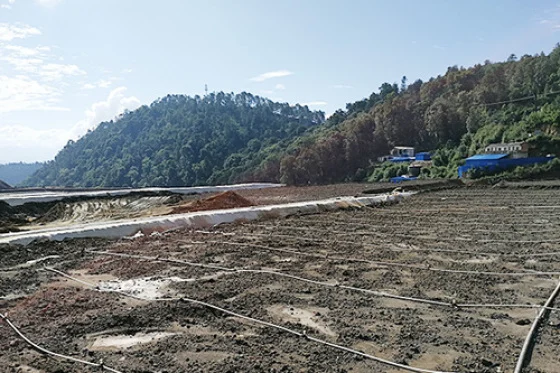
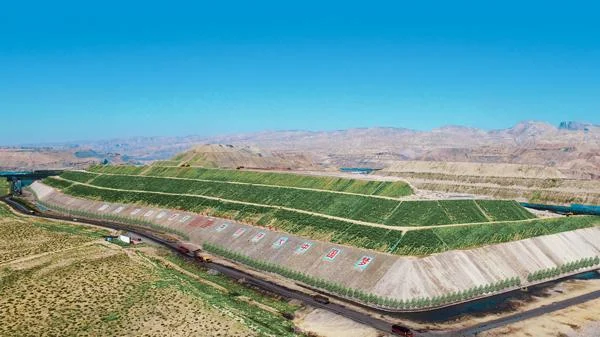

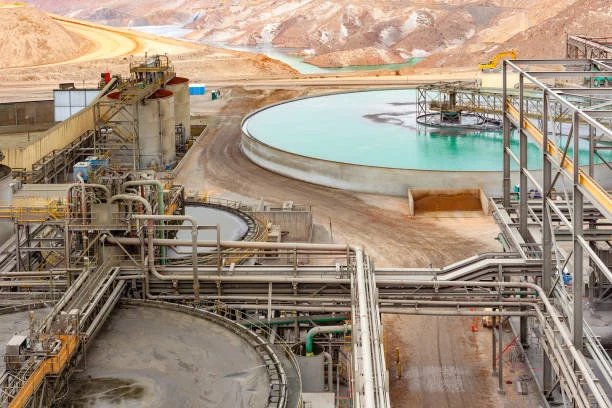

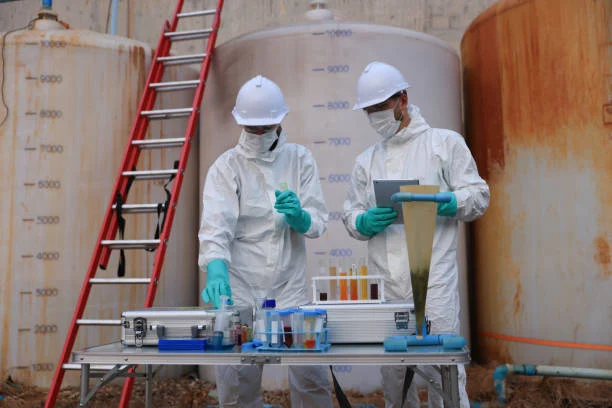
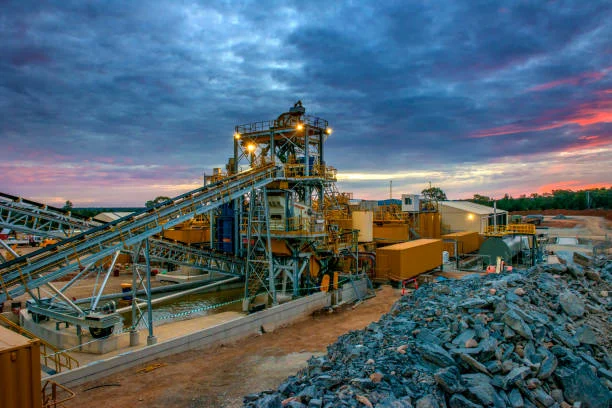
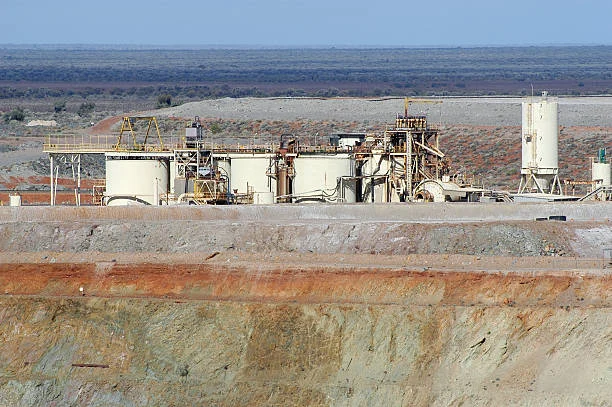
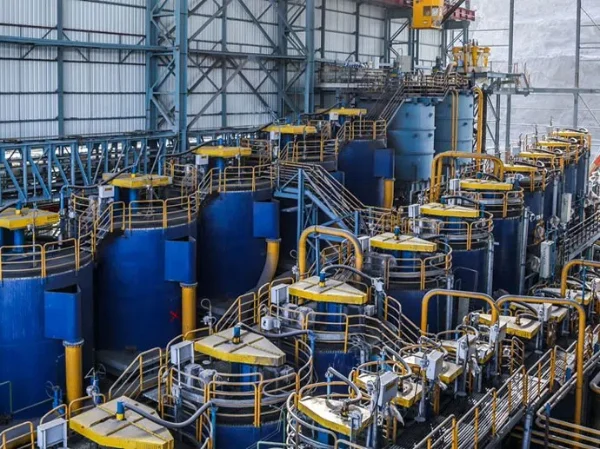
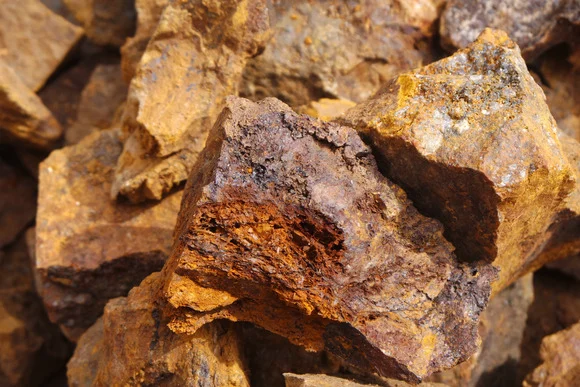

Leave a message with your needs or comments
Add comment: